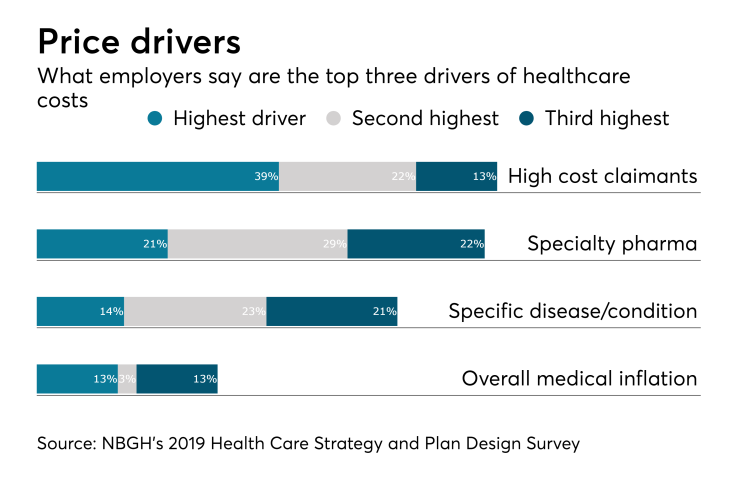Historically, healthcare networks have been limited, or narrowed, to help rein in employer costs. Plan sponsors use a network of providers in a smaller geographic area because costs vary widely from ZIP code to ZIP code. That’s the primary appeal of narrow networks — they have been found to support better healthcare cost control.
But now, employers and carriers are shifting from creating narrow networks just to reduce costs to developing smaller networks that focus more on value-based healthcare. These networks are made up of providers that offer service at a reasonable cost that’s well-coordinated and results in fewer readmissions, focuses on prevention and takes a conservative approach to care. Narrow networks often don’t just involve primary care physicians, but typically include specialists, such as surgeons and surgical facilities and hospitals.
Employers and carriers review qualitative elements to measure cost efficiency and high-quality outcomes (what those specific elements are will vary by network). Some value-based networks are built around hospitals that provide exemplary service. However, not every hospital, surgical center or individual provider excels at all the services they provide. For example, a hospital may excel at
If this sounds complicated, it is. Most employers rely on carriers to build narrow networks because carriers have access to data. Carriers review data across providers to determine which ones meet certain criteria centered around care to patients, zeroing in on those with low cost, low readmission rates, a history of preventive care and patient satisfaction.

Providers drawn to narrow networks may see an increase in patients, as well as an increase in revenue per patient. In addition, some narrow networks may offer providers incentives to treat patients within the network.
This leaves the plan sponsor to focus on an equally important issue when it comes to implementing a narrow network:
Narrow networks that promise a higher quality of care with a lower cost are enticing to employers and carriers, but may be a harder sell to employees. Yes, these networks are likely more cost-effective for employees, too, but the notion of having a smaller list of doctors to choose from can be disappointing, especially for plan participants whose preferred providers are no longer in-network.
The requirement that an employee change providers can often lead to decision paralysis, and even resentment. They may not know how to choose a new physician, or they may have used one primary care physician for several years and don’t want to change. However, providing information on the “why” of a narrow network can help overcome indecision. And in this age of
See also:
Making sure employees understand how it works is key to the network operating correctly. Carrier-driven narrow networks often include tools that allow employees to search for in-network providers and read ratings and reviews so that they can find the highest-quality care.
There’s evidence that narrow networks work — but only if they’re tended to properly. That means ensuring that employees have access to primary care physicians, which are more cost-efficient than specialists. In one well-documented example, members of a narrow network offered by the Massachusetts Group Insurance Commission spent 36% less on healthcare because they used their health insurance more efficiently. The plan saw fewer emergency department visits and a lower per-visit cost for outpatient care — thanks in part to ensuring that members had plenty of access to primary care doctors.
Containing costs comes at a price. It’s impossible for employers to continue offering the same provider options without seeing steep increases. But narrow networks could help them save significantly.






